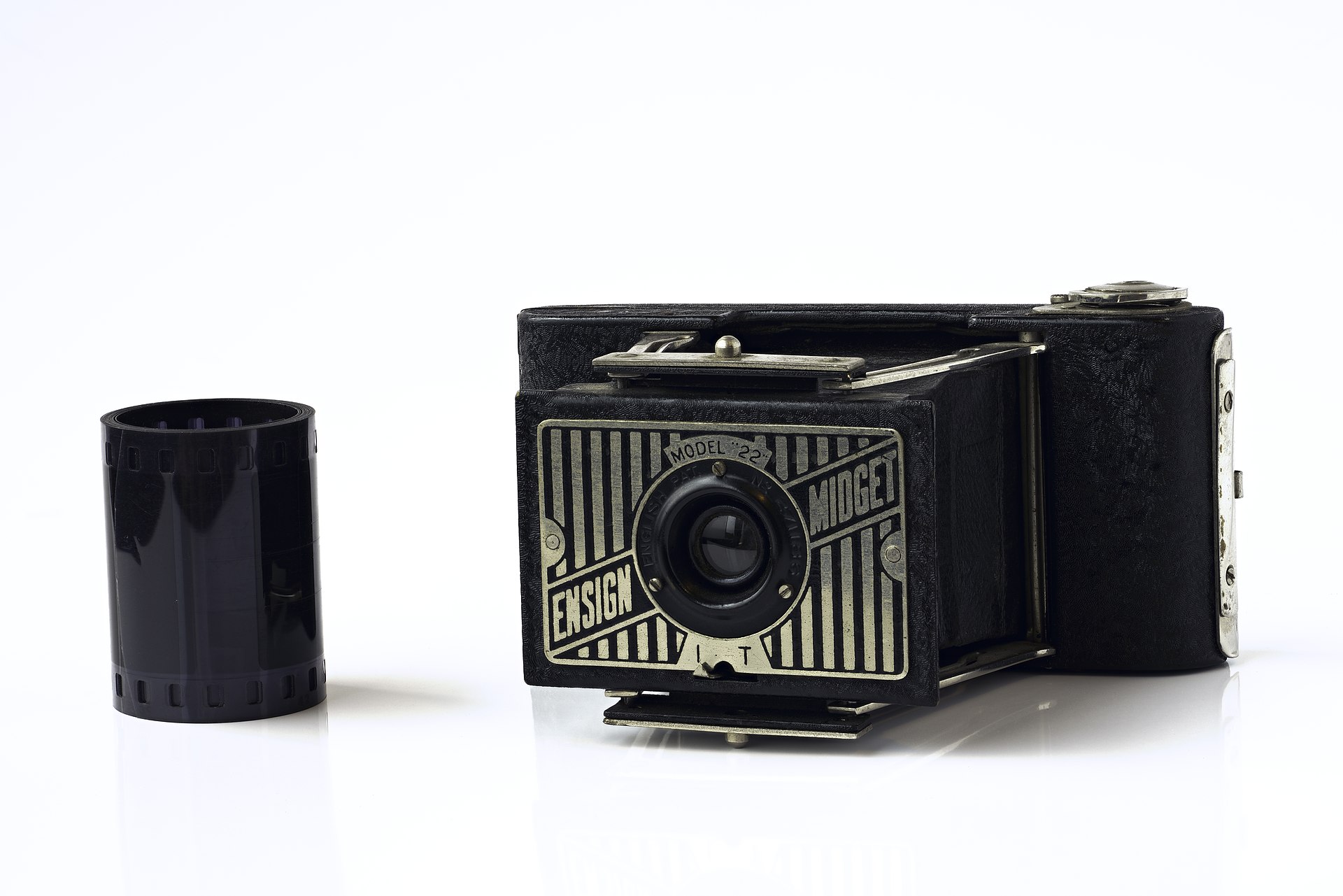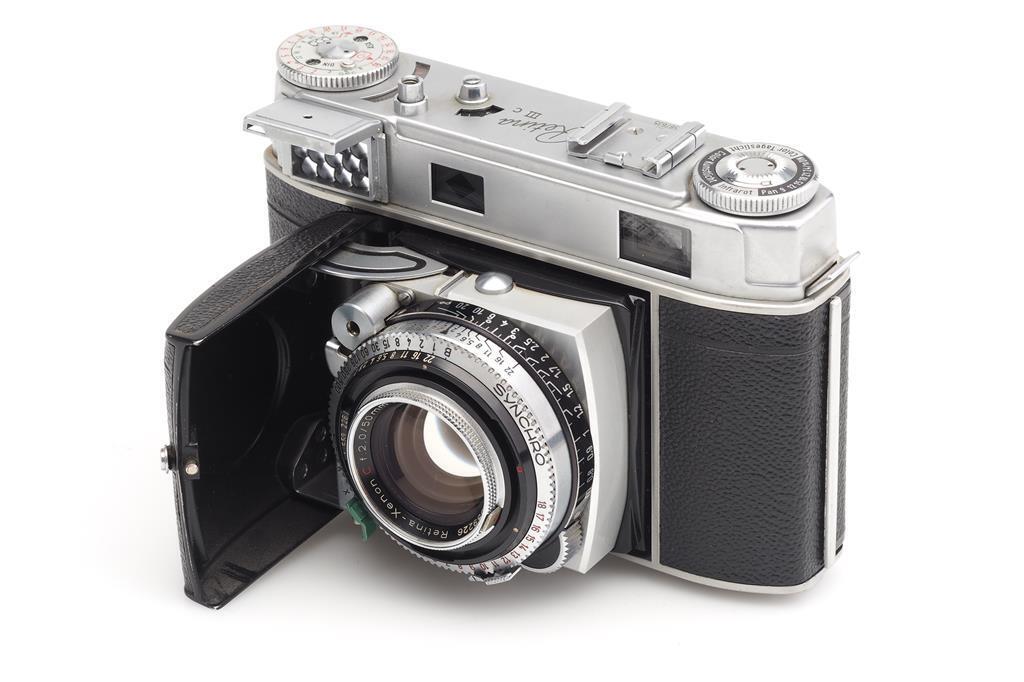Welcome to my blog! Are you interested in the unique art of using folding film cameras? Do you want to learn how they work and the best methods for using them? In this blog, I will introduce you to the mesmerizing world of folding film cameras, exploring their rich history and providing you with valuable insights on capturing breathtaking photography. So, grab your cup of coffee, sit back, and let’s dive into the fascinating world of folding film cameras together!
Table of Contents
Understanding the Art of Folding Film Cameras
Folding film cameras are a blend of vintage craftsmanship and sophisticated technology. Unlike modern point-and-shoot cameras, folding cameras provide a truly immersive photographic experience. These cameras consist of bellows that allow you to extend or retract the lens, offering greater control over depth of field and an enhanced ability to capture striking images.
1. The Magic Behind Folding Cameras
Have you ever wondered how these folding cameras work their magic? When you extend the bellows, it opens up the camera, creating a lightproof chamber to shield the film from any unwanted exposure. The lens, along with various mechanisms, captures light, allowing it to pass through the aperture and reach the film, resulting in a stunning image.
2. Mastering the Use of Folding Cameras
Using a folding camera requires skill and practice, but the results are beyond compare. Here are some tips to help you master the art:
- Understanding Your Camera: Familiarize yourself with the various parts of your folding camera, such as the lens, aperture, and shutter speed settings.
- Choosing the Right Film: Experiment with different types of film to achieve the desired effects. Black and white films can add a touch of nostalgia, while color films bring vibrancy to your shots.
- Controlling the Bellows: Adjust the bellows to manipulate depth of field and control image focus. This offers a wide range of creative possibilities.
- Metering Light: Use an external light meter to ensure accurate exposure or learn to use the internal light meter if your camera has one.
- Composition and Framing: Pay attention to framing your shots and achieving balanced compositions. Explore different angles, perspectives, and subject placements.
3. The Revival of Film Photography
With the rise of smartphone photography and digital cameras, film photography may seem like an antiquated art form. However, many photographers are rediscovering the unique qualities and timeless charm of film. The intentional nature of using a folding film camera fosters creativity and forces you to slow down, fully engaging with the photographic process.
Did you know that folding cameras were widely used by journalists and documentary photographers in the early 20th century to capture significant events and moments in history?
4. Embracing the Beauty of Folding Cameras
The art of using folding cameras extends beyond the technical aspects. It’s about appreciating the authentic and raw medium of film photography, capturing moments with intention, and embracing the imperfections that add character to each shot. So, if you’re seeking to embark on a truly immersive photographic journey, consider picking up a folding film camera and explore the endless possibilities waiting to be captured.

Understanding the art of folding film cameras opens up a world of creativity and allows you to venture into photography with a fresh perspective. With their unique charm, these cameras offer a chance to step back in time and experience the joy of capturing moments in a tangible and captivating way. So, immerse yourself in the mesmerizing world of folding cameras and unleash your inner artist!
How Folding Film Cameras Transformed my Photography
As a passionate photographer, I have always been intrigued by the world of film cameras. While digital cameras offer convenience and instant results, there is an undeniable charm to folding film cameras that cannot be replicated.
One day, while browsing through an antique store, I stumbled upon a vintage folding film camera. Instantly captivated by its intricate design and elegant appearance, I knew I had to have it. Little did I know that this single purchase would completely transform my photography journey.
Unlocking a New Level of Artistry
Upon inspecting the camera, I was amazed at how something so seemingly simple could produce such incredible results. The folding film camera allowed me to embrace a new level of artistry and creativity in my photographs. The manual focus and adjustable aperture settings enabled me to experiment with depth of field, resulting in captivating images with a dreamlike quality.
Unlike digital cameras where you can instantly view and delete photos, using a folding film camera required patience and precision. Each shot became more intentional and deliberate, as I only had a limited number of frames on a roll of film. This forced me to slow down and truly think about composition, lighting, and timing before pressing the shutter button.
Challenges Turned into Opportunities
Using a folding film camera also presented its fair share of challenges. The absence of an LCD screen meant I couldn’t review my shots immediately, and I had to wait until the film was developed to see the results. At first, this felt frustrating and uncertain, but it quickly became part of the magic.
Every time I received a roll of developed film, it was like unwrapping a precious gift. The anticipation and excitement of finally seeing the images brought back memories of the moments captured. Some shots turned out exactly how I envisioned, while others surprised me with unexpected beauty. Each film roll became a journey of self-discovery and a testament to the unique qualities of the folding film camera.
The Benefits of Using Folding Film Cameras
Using folding film cameras offers several benefits that contribute to the unique artistry and enjoyment of photography. Firstly, the physical act of folding and unfolding the camera adds a tactile element that connects the photographer to the process. This hands-on experience enhances the overall satisfaction and sense of accomplishment when capturing a remarkable image.
Additionally, the limited number of frames on a film roll encourages photographers to be more selective and thoughtful in their compositions. This intentional approach allows for a deeper connection with the subject matter and a more profound storytelling ability.
Furthermore, the inherent limitations of folding film cameras, such as the absence of autofocus and limited ISO capabilities, push photographers to hone their technical skills. This mastery of the camera’s manual settings fosters a greater understanding of exposure, lighting, and the art of capturing a well-executed photograph.
In conclusion, using folding film cameras has not only transformed my photography but also deepened my appreciation for the art form. The process of using these cameras has allowed me to slow down, embrace intentionality, and unlock a new level of creativity. If you are a photography enthusiast seeking to explore a different realm of the craft, I highly recommend diving into the mesmerizing world of folding film cameras.
Frequently Asked Questions
1. What is a folding film camera?
A folding film camera is a type of vintage camera that allows users to fold and unfold the camera body for compact storage and easy transport. It uses traditional film to capture images.
2. How do folding cameras work?
Folding cameras typically have bellows that expand and contract to adjust the focal length. They also have a lens, shutter, and film holder. When the camera is unfolded, light enters through the lens, passes through the open bellows, and exposes the film to create an image.
3. Are folding film cameras still relevant today?
While digital cameras have become more popular, folding film cameras still hold significance in the world of photography art. Many photographers appreciate the unique aesthetic and process of using these cameras, which can produce stunning and nostalgic images.
4. How can I use a folding film camera effectively?
To use a folding film camera effectively, it is important to understand the camera’s settings, such as aperture and shutter speed. Experimenting with different film types and exposure techniques can also enhance your photography. Additionally, learning proper film handling and developing processes is crucial for obtaining high-quality results.
5. Can I use modern film in a folding camera?
Yes, modern film can be used in folding cameras. However, it’s important to check the camera’s compatibility with different film sizes and formats. Some folding cameras may only support specific film types or require adapters for certain formats.
6. Where can I find a folding film camera?
Folding film cameras can be found in various places, including online marketplaces, vintage camera stores, and auctions. Researching reputable sellers and checking the condition of the camera is important before making a purchase.
7. What are some popular folding camera models?
Some popular folding camera models include the Kodak Retina series, Zeiss Ikon Super Ikonta, Agfa Isolette, and Voigtländer Bessa. Each model has its own unique features and capabilities, so it’s worth researching and comparing different options based on your preferences.
Wrap Up
Now that you have a better understanding of the fascinating world of folding film cameras, it’s time to grab your own and start capturing memories. Remember to experiment with different techniques, embrace the unique characteristics of each camera, and let your creativity flow.
If you have any questions or need further guidance, feel free to leave a comment below. I would love to hear about your experiences with folding cameras and how they have influenced your photography journey. Let’s engage in a conversation and share our passion for this timeless art form.

